ĐÁNH GIÁ KẾT QUẢ KIỂM SOÁT HEN PHẾ QUẢN Ở TRẺ EM TỪ 6 – 15 TUỔI TẠI BỆNH VIỆN NHI ĐỒNG CẦN THƠ NĂM 2023 - 2024
Nội dung chính của bài viết
Tóm tắt
Đặt vấn đề: Hen phế quản là một bệnh lý mạn tính thường gặp, chiếm 1 - 18% dân số các nước. Tại Việt Nam, các công trình nghiên cứu ở các vùng và địa phương cho thấy trẻ em có tỉ lệ mắc hen phế quản khoảng 4 - 8%. Những năm gần đây hen trẻ em có xu hướng tăng lên, cứ 20 năm tỉ lệ hen trẻ em tăng lên 2 – 3 lần. Mục tiêu dài hạn của quản lý hen là giảm nguy cơ và kiểm soát triệu chứng nhằm giảm gánh nặng cho bệnh nhân và nguy cơ tử vong liên quan đến hen phế quản, đợt cấp, tổn thương đường thở và tác dụng phụ của thuốc. Mục tiêu nghiên cứu: Đánh giá kết quả kiểm soát hen ở trẻ em hen phế quản tại bệnh viện Nhi đồng Cần Thơ năm 2023 – 2024. Đối tượng và phương pháp nghiên cứu: Nghiên cứu mô tả cắt ngang 56 trẻ từ 6 đến 15 tuổi được chẩn đoán hen phế quản và được quản lý tại phòng khám Hen bệnh viện Nhi đồng Cần Thơ từ tháng 3 năm 2023 đến tháng 3 năm 2024. Kết quả: bệnh nhân nam chiếm tỉ lệ cao hơn nữ (60,7%), đa số từ 6 - 11 tuổi (85,7%), tỉ lệ bệnh nhân mắc hen bậc 2 chiếm phần lớn với 83,3%. Tỉ lệ bệnh nhân kiểm soát tốt theo GINA lúc bắt đầu quản lý hen là 1,8%, tỉ lệ này tăng lên sau 1 tháng và 3 tháng (lần lượt là 60,7% và 75%). Tỉ lệ bệnh nhân không kiểm soát lúc bắt đầu quản lý hen là 83,9%, sau 1 tháng quản lý hen tỉ lệ này giảm còn 0%, sau 3 tháng có 3 bệnh nhân (5,4%) không kiểm soát. Tỉ lệ bệnh nhân kiểm soát tốt theo ACT lúc bắt đầu quản lý hen là 23,2%. Sau 1 tháng và sau 3 tháng tỉ lệ này tăng lên lần lượt là 60,7% và 75%, sự khác biệt này có ý nghĩa thống kê với p <0,001. Kết luận: Đánh giá kiểm soát hen phế quản theo GINA và ACT, tỉ lệ kiểm soát tốt cải thiện đáng kể sau 1 tháng và 3 tháng quản lý hen.
Chi tiết bài viết
Từ khóa
hen phế quản, kiểm soát hen, trẻ em
Tài liệu tham khảo
2. Matsunaga Natasha Yumi, Oliveira Caio de, Gianfrancesco Livea, et al. (2020), "Assessment of asthma control among different measures and evaluation of functional exercise capacity in children and adolescents with asthma", Jornal Brasileiro de Pneumologia, 46, pp. e20190102.
3. Bộ Y tế (2020), "Hướng dẫn chẩn đoán và điều trị hen phế quản người lớn và trẻ em>= 12 tuổi “Quyết định 1851/QĐ-BYT về việc ban hành tài liệu chuyên môn".
4. Bùi Mỹ Hạnh, Nguyễn Diệu Linh (2021), "Giá trị của dao động xung ký trong chẩn đoán hen phế quản ở trẻ em", Tạp chí Y học Việt Nam, 503 (1).
5. Bùi Thị Hương Thúy, Diệu Nguyễn Thị (2021), "Chất lượng cuộc sống của thanh thiếu niên mắc hen phế quản", Tạp chí Y học Việt Nam, 505 (2).
6. Ngô Thị Huyền Trang, Nguyễn Sỹ Đức, Phan Văn Nhã (2023), "Kiểm soát hen phế quản ở trẻ 6 - 15 tuổi tại bệnh viện Đại học Y Hà Nội", Tạp chí Y học Việt Nam, 529 (2), pp. 180 - 183.
7. Trịnh Thị Hậu (2018), "Chất lượng cuộc sống của trẻ hen phế quản", Tạp chí Nghiên cứu và Thực hành Nhi khoa, 2 (6).
8. Chang L.-S., Li J.-H., Wang P.-M., et al. (2022), "Association between Serum Total and Specific Immunoglobulin E Levels and Body Height: A Cross-Sectional Study of Children and Adolescents", Children, 9 (661), pp. 1 - 9.
9. F; Yıldız, ASIT Study Group (2013), "Factors influencing asthma control: results of a real-life prospective observational asthma inhaler treatment (ASIT) study", J Asthma Allergy, 6, pp. 93–101.
10. Munoz-Cano R, Torrego A, Bartra J, et al. (2017), "Follow-up of patients with uncontrolled asthma: clinical features of asthma patients according to the level of control achieved (the COAS study)", Eur Respir J, 49 (3).


